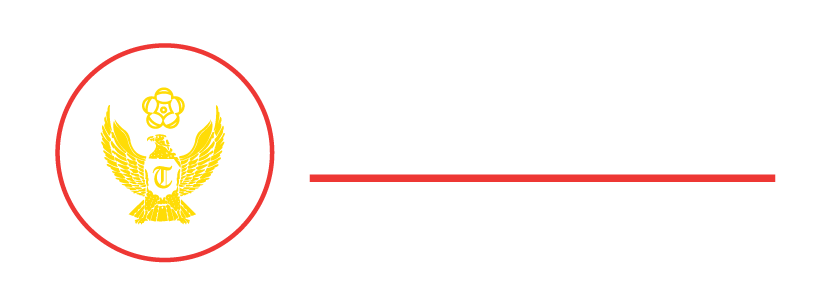As competition increases in the current business environment, an increasing number of organizations recognize the importance of human resources as success drivers. Strategic Human Resource Management (HRM) ensures that organizations cultivate a high-performing culture and align their workforce with their objectives, thereby playing a critical role in establishing a competitive edge.
By harmonizing HR policies and practices with the overarching business strategy, strategic HRM is achieved. This alignment ensures that the human capital of the organization supports its mission and objectives in an efficient manner. Through the strategic management of recruitment, development, training, and performance, organizations have the ability to attract and retain exceptional personnel, thereby bolstering their competitive standing.
Strategic human resource management contributes significantly to the development of a solid organizational culture. An environment that is constructive and unified cultivates employee commitment, contentment, and allegiance. By fostering an atmosphere that promotes employee motivation and recognition, organizations can increase output and novel thinking, thereby attaining a competitive edge.
Critical to sustaining competitiveness is the development of employees’ skills and competencies, which is another area of emphasis for strategic HRM. By implementing focused training and development initiatives, organizations can augment the competencies of their personnel, equipping them to confront the ever-changing requirements of their sector and surpass rivals.
To sum up, talent management and workforce planning are critical functions of strategic human resource management. By managing talent pipelines proactively and anticipating future business requirements, organizations can guarantee they have the appropriate personnel in position to accomplish their objectives. This proactive strategy enables businesses to grasp new opportunities and react swiftly to market shifts.
Strategic HRM, which contributes to a competitive advantage by harmonizing HR practices with business objectives, cultivating a robust organizational culture, enhancing employee competencies, and proactively managing talent, is, in summary, indispensable to the success of an organization. By adopting strategic human resource management (SHRM), organizations can maximize the capabilities of their personnel and attain enduring prosperity in a rapidly changing and competitive market.




